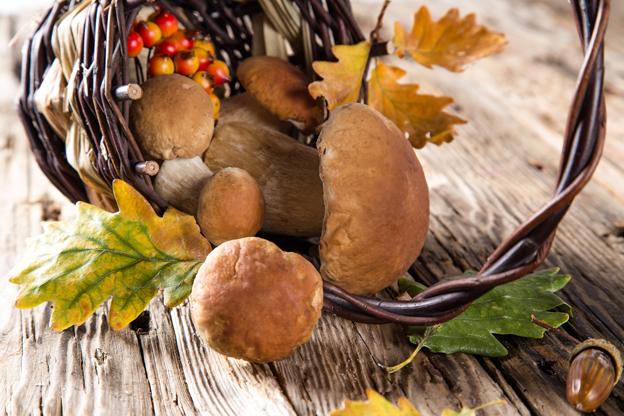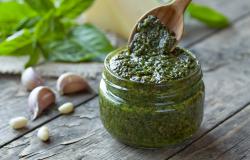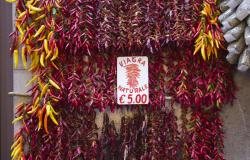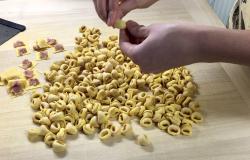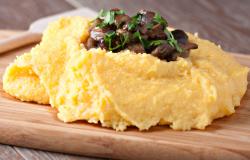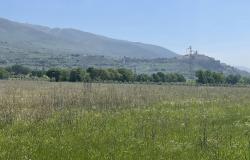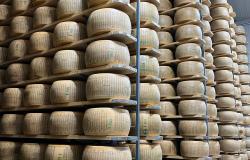In his October 2011 feature for ITALY Magazine, Richard Zahara said, “Porcini mushrooms are the celebrities of Italian cuisine”, and I think you’d be hard pressed to find anyone who would disagree with him.
Boletus edulis, porcino in Italian and cep in English, is considered by funghi (mushrooms) connoisseurs to be the finest eating mushroom. Highly valued by chefs, they can often be one of the most expensive ingredients in a simple dish, particularly if fresh.
Porcini are meaty mushrooms with a firm white stalk and a broad dark brown cap and a great depth of flavor, making them a good accompaniment to foods with bold flavours and particularly full-bodied wines like Barolo or Montepulciano d’Abruzzo. They are also very versatile and equally at home in a fragrant broth or a simple risotto.

Like many Italians, my friend Michele is an experienced mushroom forager. He told me that there’s an axiom in his village in the Lazio countryside that says that to pick porcini, you must be a proficient liar. The reason being that, so prized are the porcini, that if you stumble upon a sizeable amount and a fellow forager asks how your day has been, you must cover your basket and tell him it’s been poor and you’ve found very little.
Michele told me that the mushroom should be firm with wide, fat white stalks and wide brown unbroken caps with no rips or holes. If the caps have a yellowish-brown underside, then the mushrooms are almost overripe, and if they have black spots then they have gone over and should not be picked for consumption.
To prepare fresh porcini, scrape or brush any dirt from the stalks and wipe the caps with a damp cloth; like all mushrooms, porcini should never be washed unless absolutely necessary and only then briefly in cold water; mushrooms are very porous and will absorb any water which will then dilute the flavour.

If you don’t plan to use the mushrooms straight away, remove the stalks as they can contain tiny worms that, if left, will eat their way into the caps of the picked porcini. The worms are harmless, but by splitting the stalks lengthways, you can spot them and cut them away. Store in a cool place, not the refrigerator, making sure that the caps are upside down.
The dense flavour begins to break down almost instantly so fresh porcini must be used relatively quickly, at least within two days.
Porcini are a delight if sautéed in butter, but don’t be tempted to add garlic as this will hinder the woodland flavour. Tuscan cooks fry them with a species of thyme known as nipitella, but they taste just as good with fresh parsley and surprisingly, lemon thyme.
Drying is the most effective way of preserving porcini as this method rids the stalks of those irritating little worms and preserves the flavour. Most supermarkets sell dried porcini or mushroom mixes containing porcini. Personally, I find the packets of assorted mushrooms contain a very small amount of porcini and you need to use more to get the depth of flavor, making them a false economy.

As the purchase of dried porcini is an extravagant shopping expense, always check the product: if it’s crumbly, then it’s too old and not worth purchasing. If you are able to open the packaging and smell inside, look for a deep earthy aroma: if there’s no scent, then there’ll also be no flavour.
Once you have your dried mushrooms in the store cupboard, preparing them is simple. Steep them in enough boiling water to cover them, no more, and leave them for 20 to 30 minutes. Don’t be tempted to reduce the rehydration time unless you want to lose flavour.
Add the mushrooms to your dish as directed and pass the liquid through a fine sieve to remove any particles of dust and earth. Adding the liquid will give you a richer porcini flavour.
Please note: As most of us are inexperienced at mushroom picking, it should not be undertaken for the first time without specific training and under the supervision of an experienced mushroom expert.
